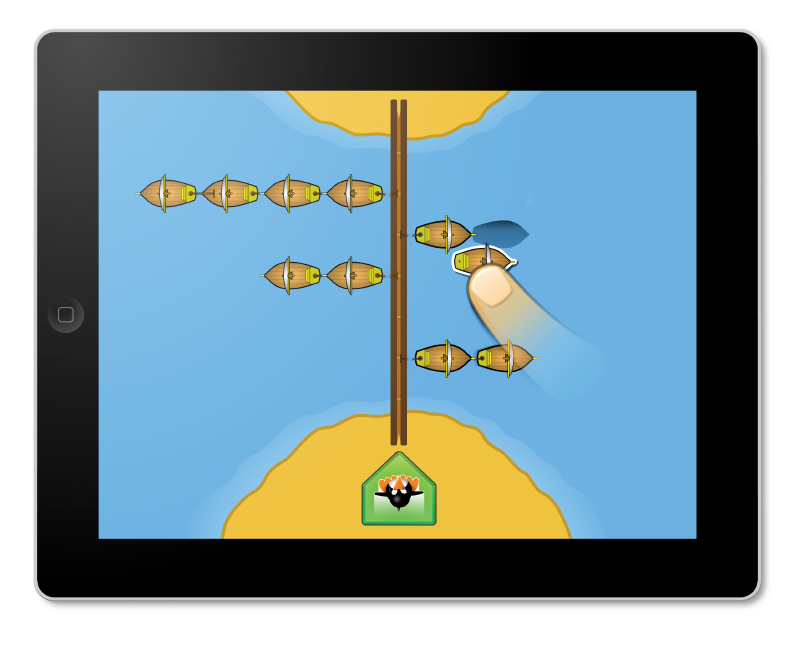
Here at the MIND Research Institute, we often are asked, “What does the ST stand for in ST Math?” Well, ST Math is a non-language, web-based mathematics program that uses and develops students’ spatial-temporal, or ST, reasoning skills.
Spatial-temporal reasoning is the ability to mentally move objects in space and time to solve multi-step problems. It’s what allows us, for instance, to load an assortment of suitcases, boxes and bags in a car trunk without relying exclusively on trial-and-error.

Research tells us three important things about ST reasoning. First, it connects to mathematics at all levels, from kindergarten to calculus. Second, it is innate in humans. And third, our ST reasoning abilities can be increased. This understanding of ST reasoning forms the foundation of ST Math. By challenging students to figure out how to manipulate objects in space and sequence, ST Math helps increase spatial-temporal reasoning and thus improves students’ understanding of math concepts.
Transforming the way students learn in this way has produced remarkable results, but the advent of touch-based tablet technology provides the opportunity to take this visual and kinesthetic interactivity, and the concomitant success, to another level.
 With ST Math on iPad and Android tablets, students no longer need to move a mouse to control an on-screen manipulative by proxy. Now they can directly touch, orient, and control objects within a game, applying the same ST reasoning skills but with an immediacy and directness that significantly increases the learning potential of the experience.
With ST Math on iPad and Android tablets, students no longer need to move a mouse to control an on-screen manipulative by proxy. Now they can directly touch, orient, and control objects within a game, applying the same ST reasoning skills but with an immediacy and directness that significantly increases the learning potential of the experience.
Want the latest from ST Math? Sign-up for our ST Math newsletter and be the first to hear about our offers and announcements.
This post first appeared on District Adminstration.

Nigel Nisbet is the Vice President of Content Creation at MIND Education, a non-profit organization dedicated to equipping all students to solve the world's most challenging problems. He is also the author of the E-book “I think, I try, I learn” and presenter of the TEDx talk “The Geometry of Chocolate."
Comment